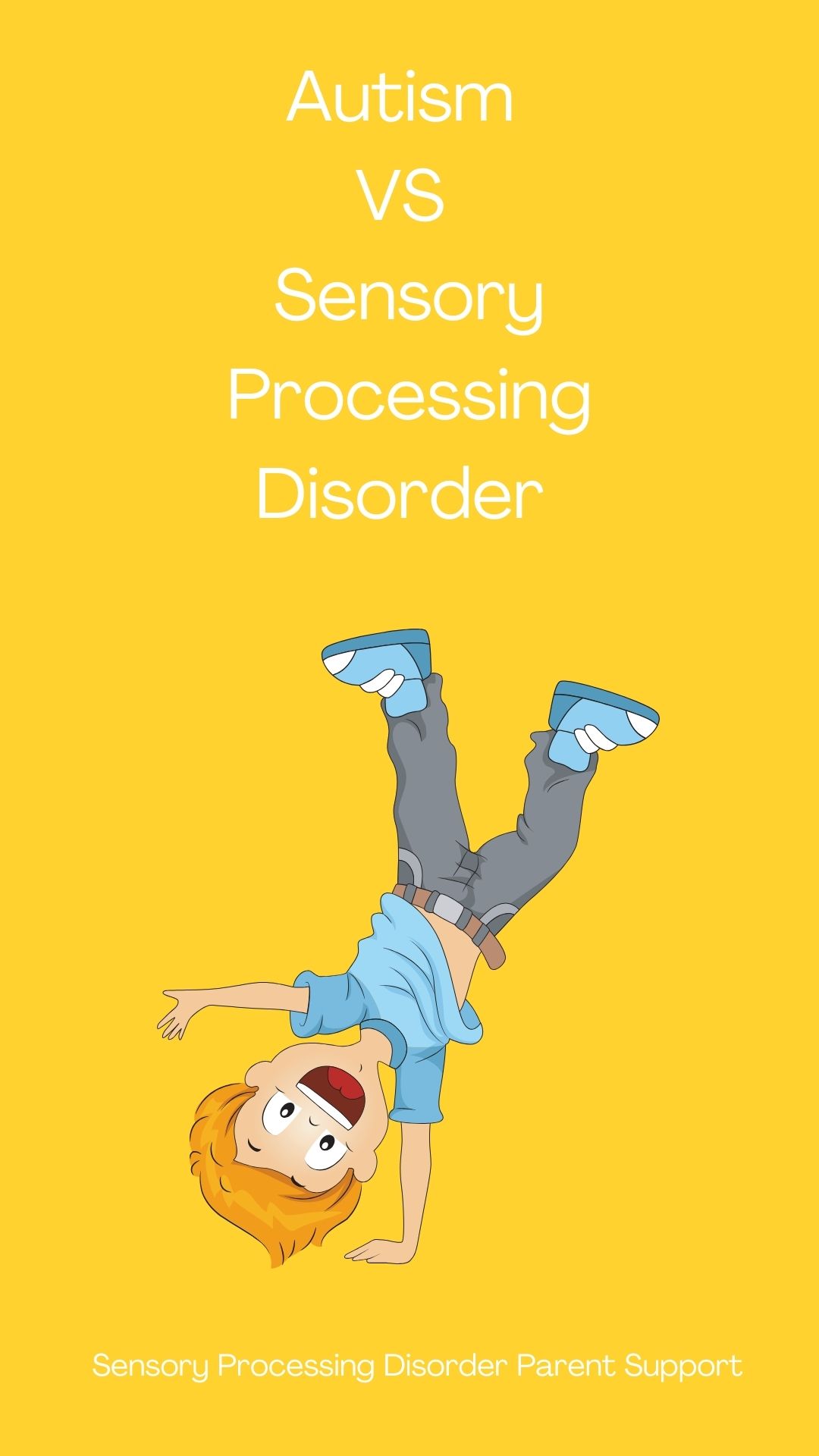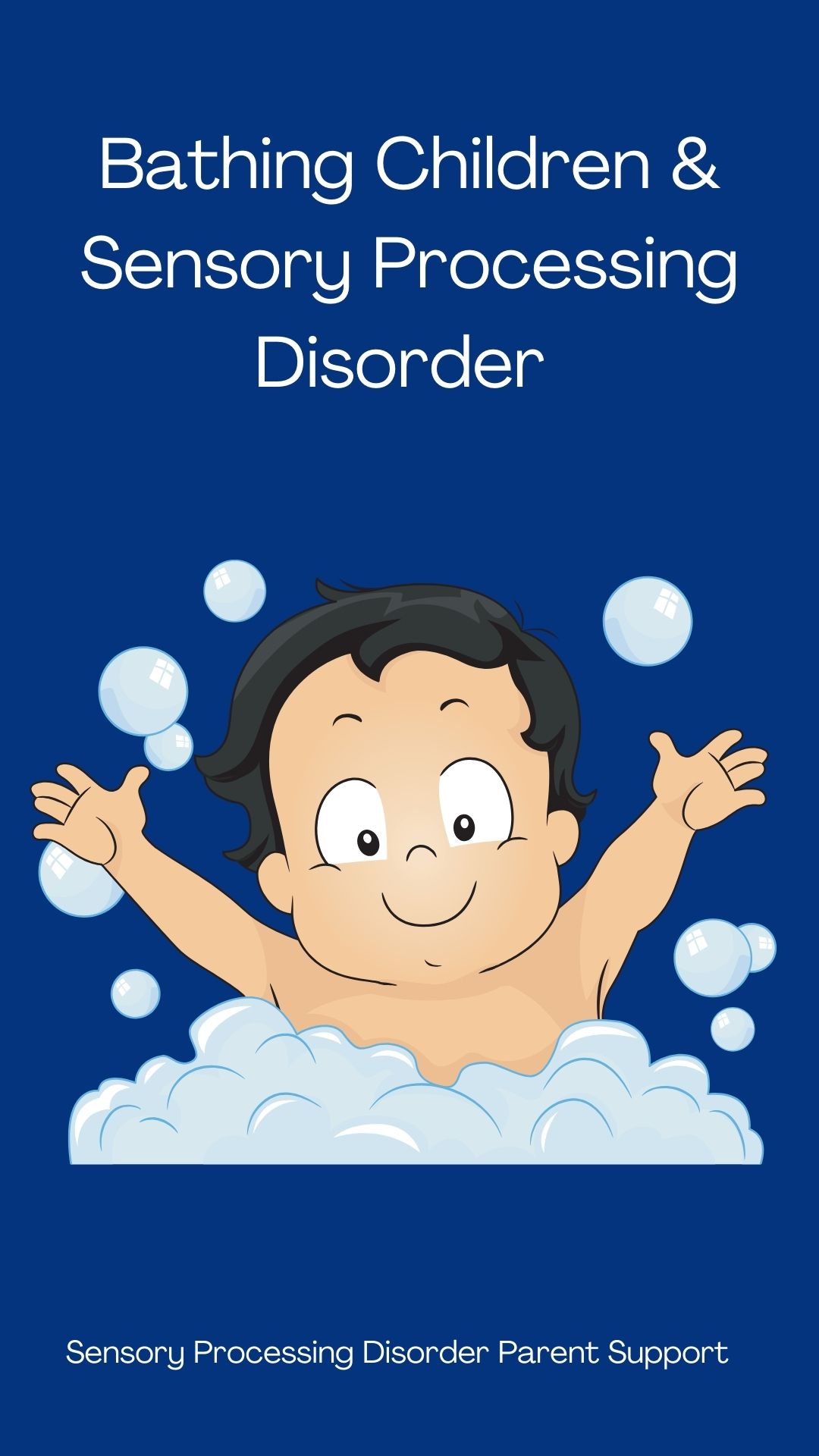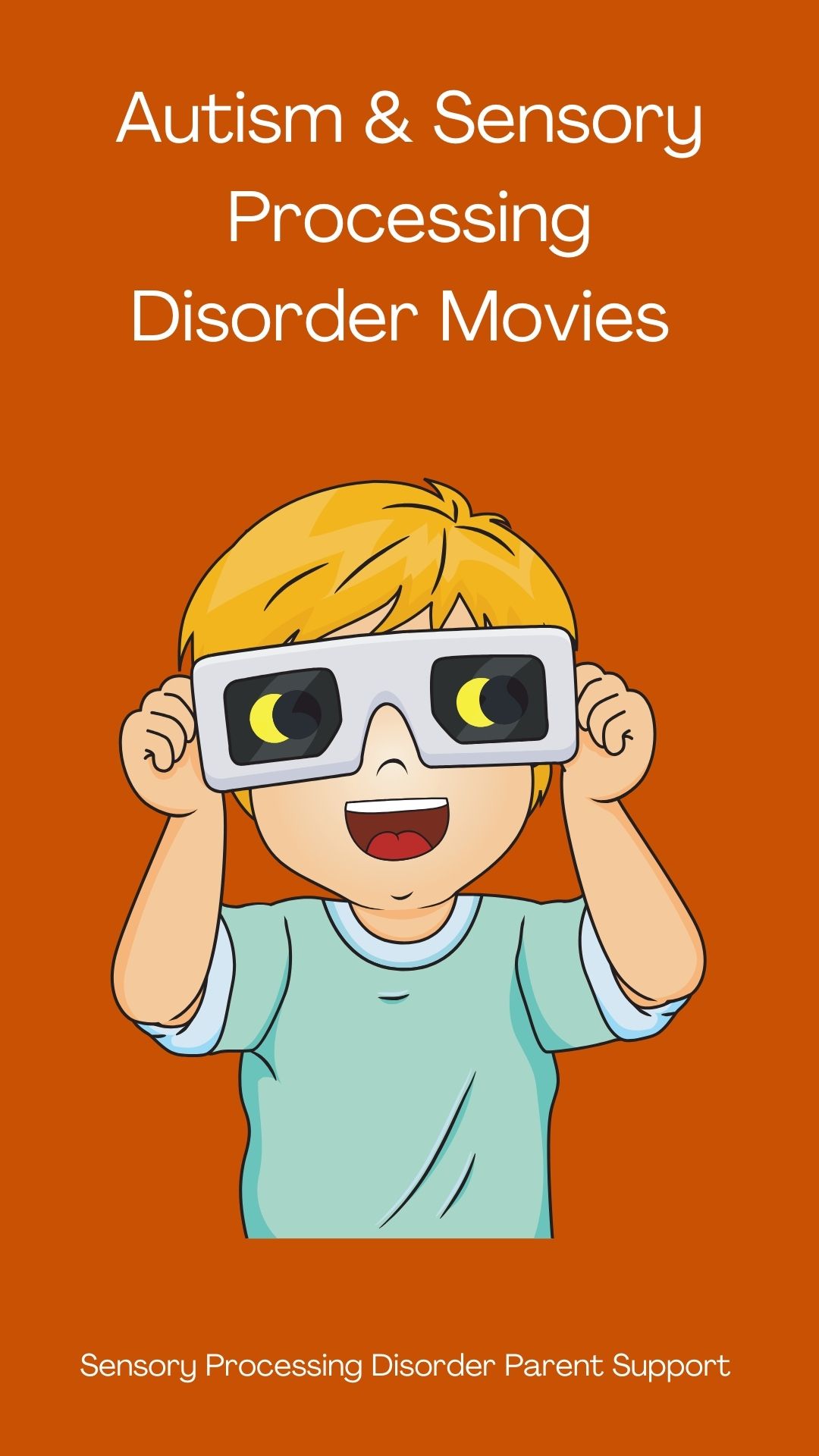
Sensory Processing Disorder Parent Support
Coping Strategies for Sensory Overload
Children with sensory differences ... painting the world beautiful.
Coping Strategies for Sensory Overload
Jeanette Loftus
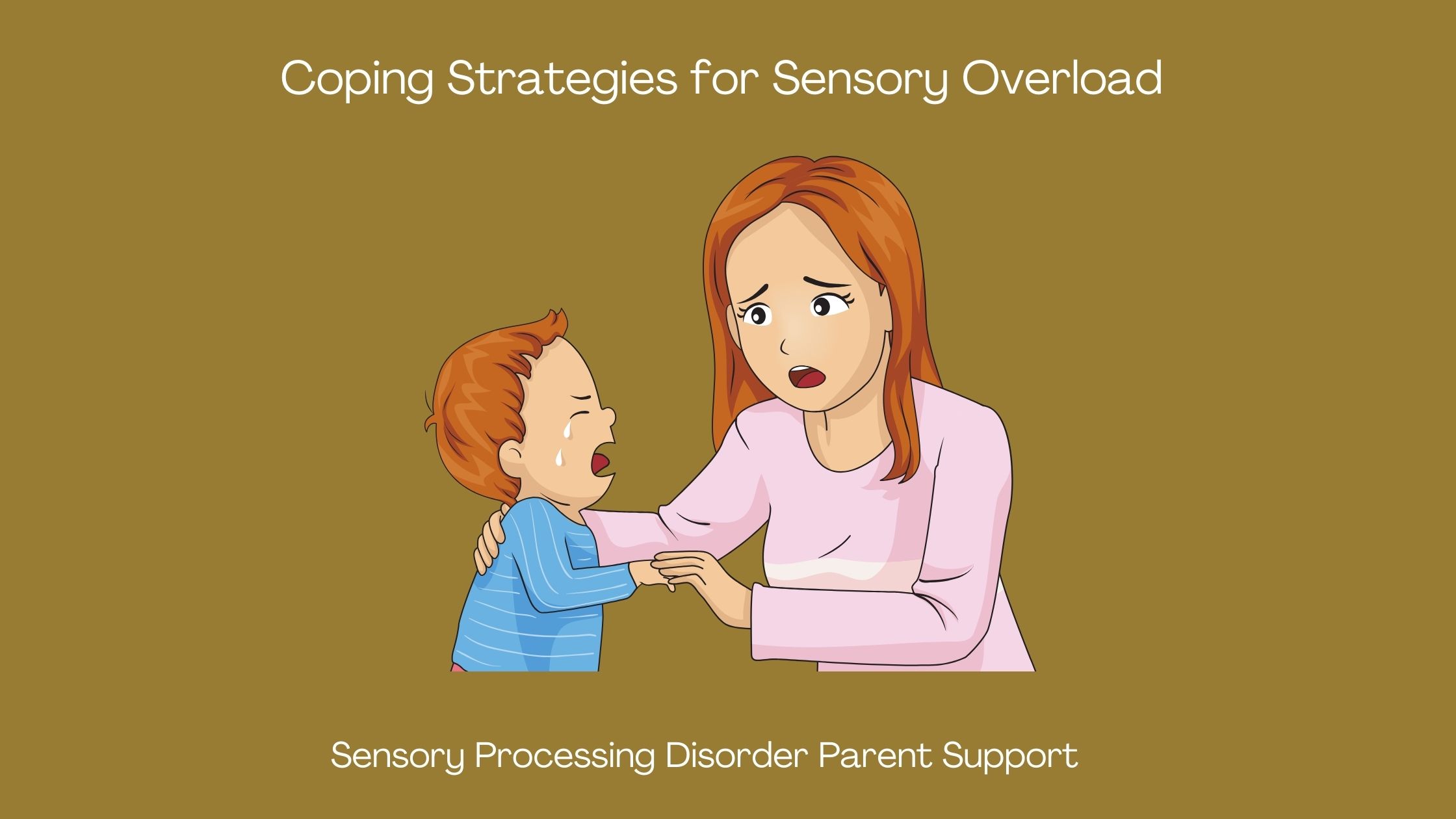
Sensory overload is when a child experiences an overwhelming amount of sensory information all at one time. This can happen in a crowded area, noisy places, concerts, parties, restaurants or busy streets. The constant bombardment of sights, sounds, smells, and touch can be extremely distressing and can lead to feelings of anxiety, stress, and even panic.

Planning ahead for all your outings can be a useful strategy to cope with sensory overload. If you know that you will be going to a busy, overwhelming environment, try to pla n your visit during a less busy time. This will reduce the amount of sensory input and make it easier for your child to cope. You can also plan sensory breaks for your child .
There are a variety of sensory tools that can help your child cope with sensory overload. Fidget toys, stress balls, or chewable jewelry (chewelry) can all provide a calming and effect and help your child regulate. Weighted blankets or lap pads can also help to reduce anxiety. Some sensory tools can be easily carried and used in any environment.
It can be difficult to identify your child's sensory triggers at first but it will become more easier for you over time. it is so important to be able to identify your child's sensory triggers that are causing them to have sensory overload.
They could be having sensory overload from strong smells or bright lights or maybe because they are in a crowded space. Once you identify your child's triggers you can try to avoid the trigger or or minimize exposure to their sensory triggers.
Deep breathing exercises and mindfulness techniques can be effective in reducing the impact of sensory overload. Ask your child to take slow and deep breaths because it can help to calm their nervous system and bring their body into a more relaxed state. Mindfulness activities like focusing in the present moment and tuning out external sensory input can help reduce your child's overwhelming feelings and sensory overload.
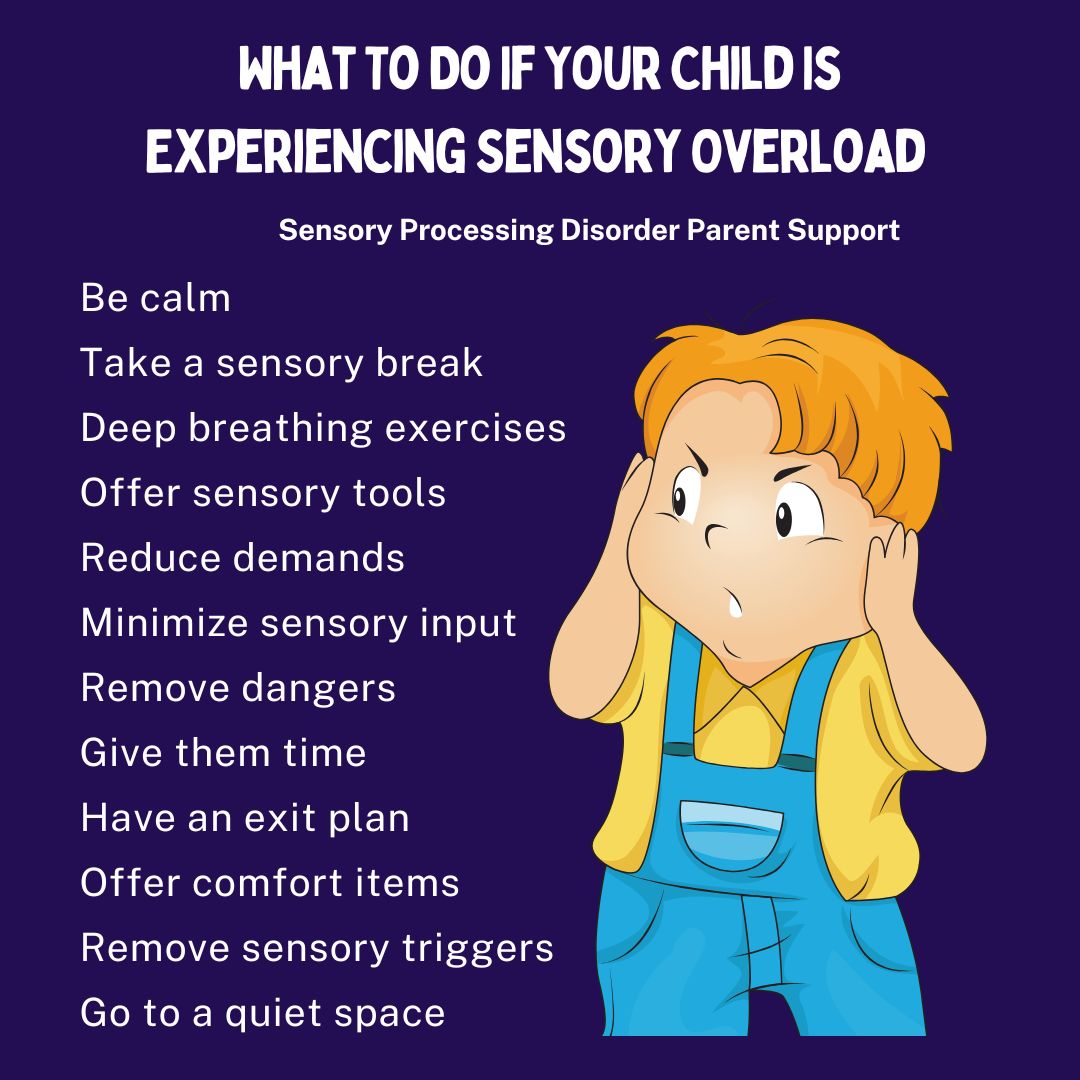
Signs Of Sensory Overload
- sleepiness
- anxiety
- reduced eye contact
- inability to relax
- changes in muscle tone
- self-harming behavior
- increased stimming
- physical discomfort
- loss of balance
- shutting down
- meltdowns
- stressed
- stomach aches
- nausea
- screaming
- angry outbursts
- fidgeting
- hiding
- restlessness
- hyperactivity
- increased chewing objects
- unable to concentrate
- distracted
- emotionally withdrawing
- unable to complete tasks
- unwilling to participate
- running away
- sweaty
- doesn't want to be looked at
- increased sensitivity to clothing
- socially withdrawing
- fast breathing
- avoiding situations
- disorientated
- crying and yelling
- covering ears
- panic
- muscle tension
- covering eyes
- avoiding places
- glazed over eyes
- doesn't want to be touched
- difficulty focusing
- high levels of excitement
Having a safe sensory space can be helpful for a child who is experiencing sensory overload. This could be a quiet room in your home or a corner where your child can retreat to when they are feeling overwhelmed. This space should be free from your child's triggers and have items that are comforting and calming for your child like soft blankets, dim lighting, or some soothing music that they enjoy.
If sensory overload is impacting your child's life, please seek professional help from an occupational therapists because they can provide sensory strategies and techniques to help your child cope and manage their sensory overload. Coping with sensory over load can be very challenging for a child but there are coping strategies and tools to help manage and reduce sensory overload.
Resources For Parents
Connect Pediatric Therapy Helping Your Child Find Calm: Effective Techniques for Sensory Overload and Anxiety
DISCLAIMER: I have learned a lot over the years but I am still learning. Always do your own research and exercise sound judgment. I am not an occupational therapist or a physician. I am an adult who has sensory processing disorder, a sensory parent and a Grandma. The information on this website is not medical advice and does not replace the information that your child's therapists or medical professionals give you. These are just ideas that I have learned myself over the years of being a parent and an adult living with SPD. If you are concerned for your child, please always seek medical attention through a family doctor, pediatrician or therapist. This website is for awareness purposes only. Each child is different and what works for one child may not for another because all children have different sensory needs. Please always consult with a medical professional. C lick on links throughout each page for more resources and information. Click here for more resources https://sensoryprocessingdisorderparentsupport.com/sensoryprocessingdisorderresources
Amazon offers a small commission on products sold through their affiliate links on my website. Each of your purchases through links on my website for Amazon affiliation links or sponsored links support me but no additional cost to you so thank you. I appreciate it so much! I am not responsible should you purchase anything from any links on this website.
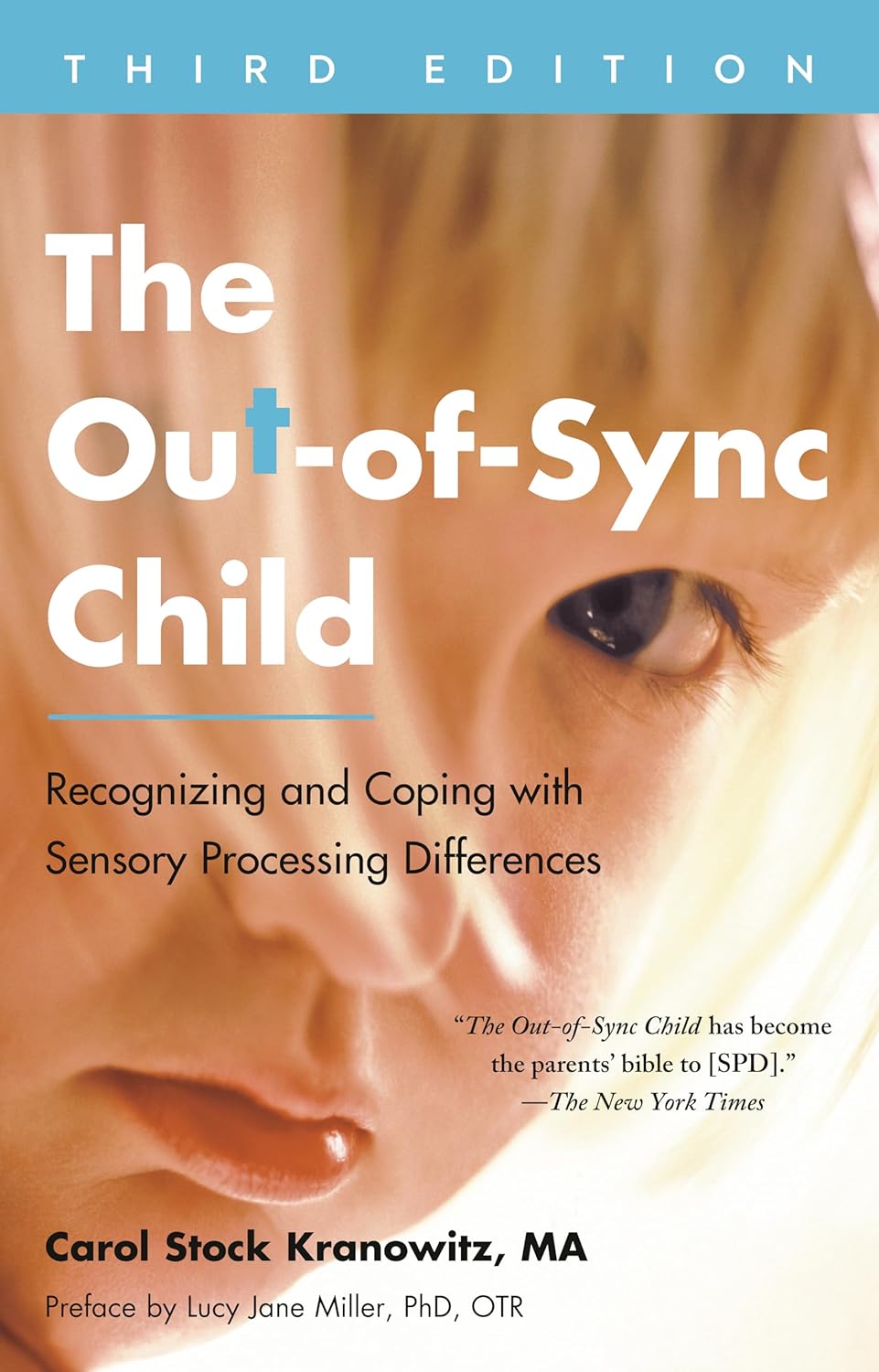
Amazon
The Out-of-Sync Child
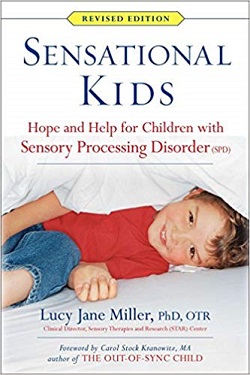
Amazon
Sensational Kids: Sensory Processing Disorder
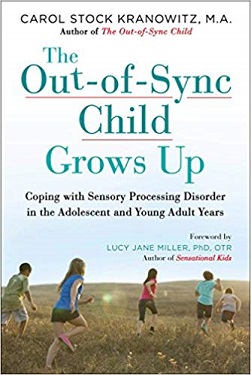
Amazon
The Out-of-Sync Child Grows Up
